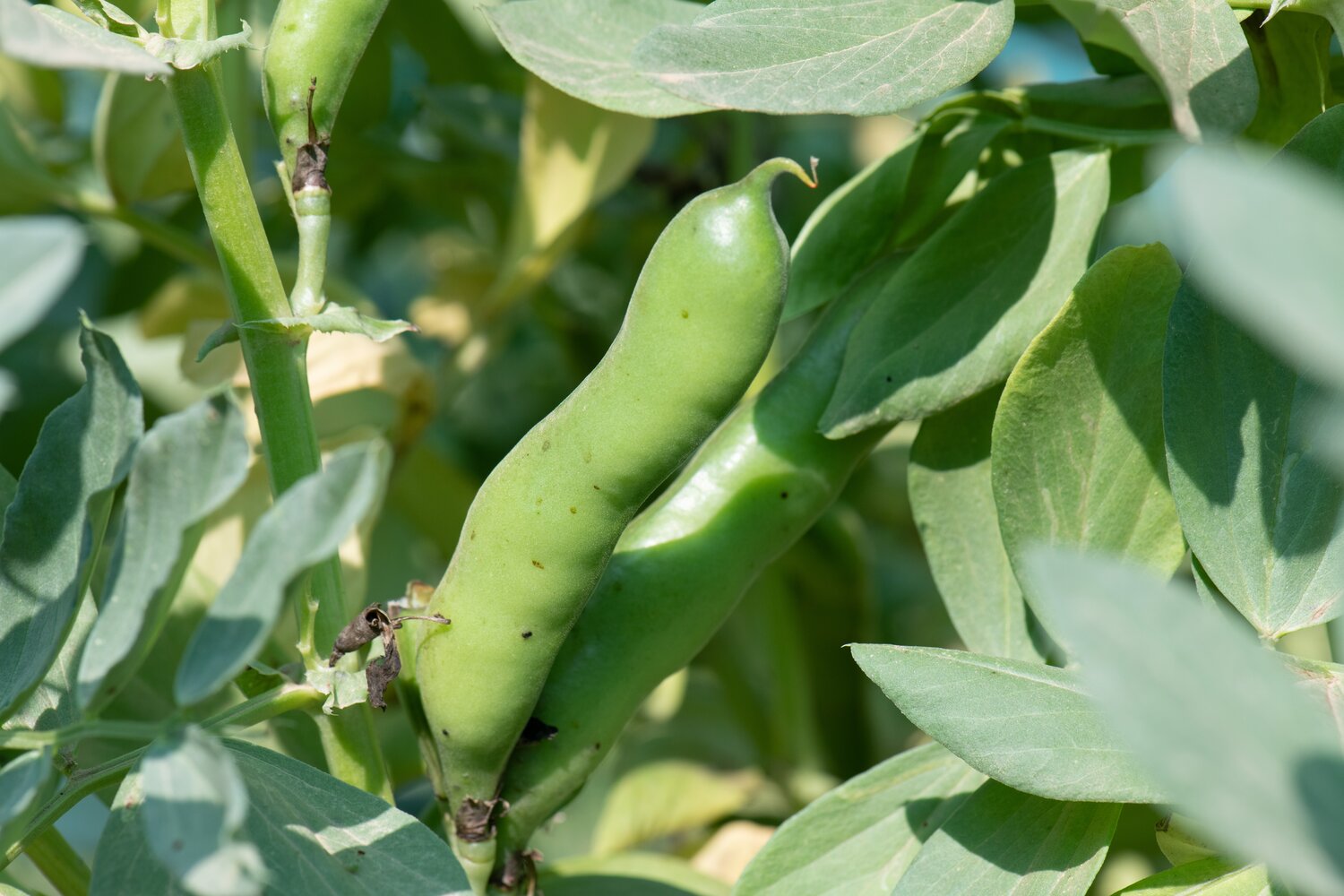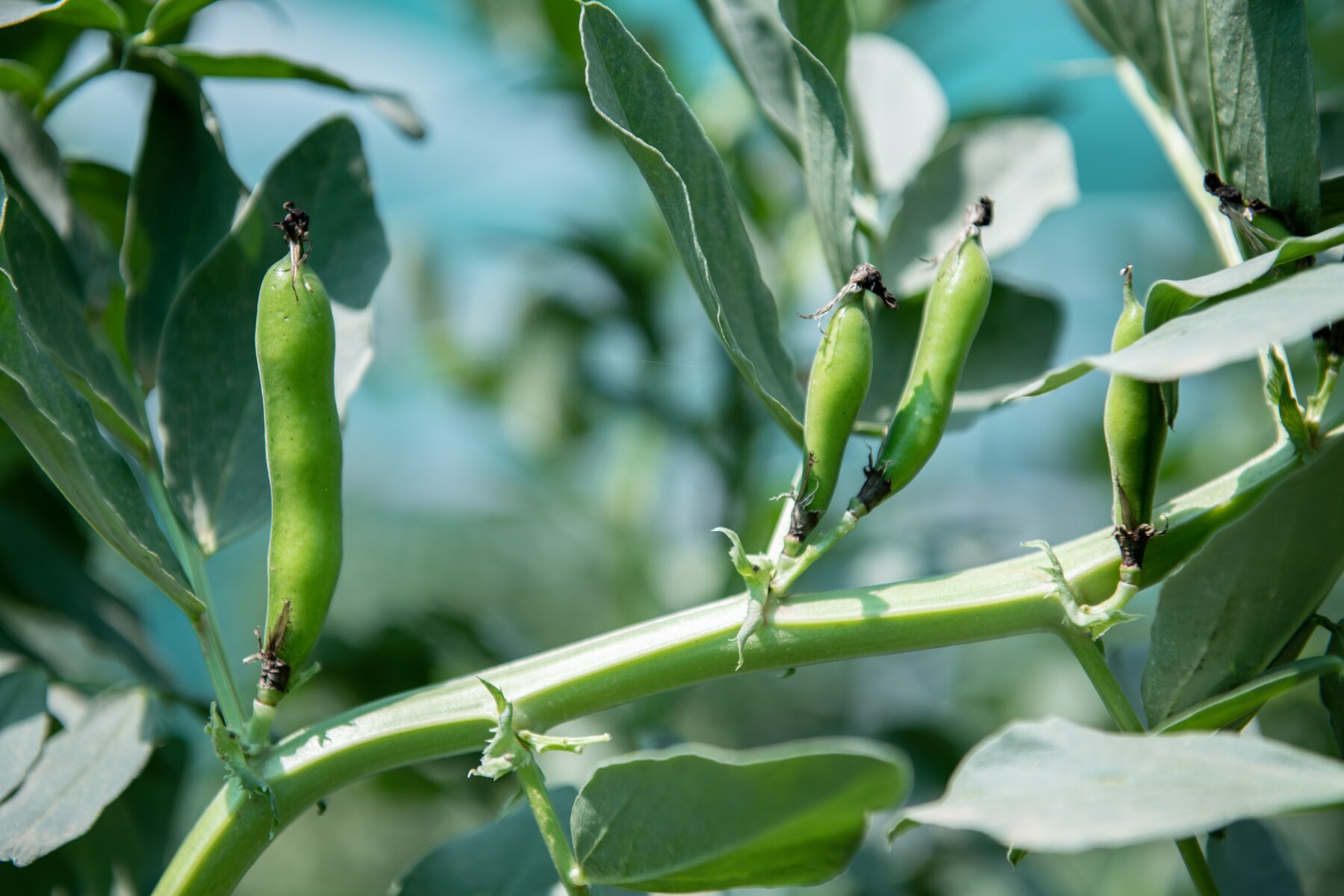Faba Bean
Why faba bean?
Faba bean (Vicia faba L.) is the seventh most important legume grain after soybean, dry beans, chickpea, peas, cowpeas and lentils. It is widely cultivated around the world for the dried and fresh beans for human food, for animal fodder and as a green manure. It is widely eaten in the Mediterranean region, the Middle East, China, Ethiopia and Latin America.
Faba bean is reported to fix more nitrogen than any other cool-season grain legume and to be an ideal plant type physiologically. The plant differs from most other vetches in that the leaves do not have tendrils for climbing. The pods are green, broad and leathery. When mature they are blackish-brown with a dense, downy surface.
What we achieved
- 92 seed samples of seven species were collected in eight countries: Armenia, Azerbaijan, Cyprus, Georgia, Italy, Lebanon, Portugal and Spain.

Project partners
Collecting
- Armenian Botanical Society, Yerevan, Armenia
- Genetic Resources Institute, Azerbaijan National Academy of Sciences, Baku, Azerbaijan
- Agricultural Research Institute, Ministry of Agriculture, Natural Resources and Environment, Nicosia, Cyprus
- National Botanical Garden of Georgia, Tbilisi, Georgia
- University of Pavia, Italy
- Lebanon Agricultural Research Institute, Rayak, Lebanon
- Museu Nacional de História Natural e da Ciéncia, Lisbon, Portugal
- National Institute for Agricultural and Food Research and Technology, Getafe, Spain
Faba bean key collections, materials and data
Faba bean collections
- The largest faba bean collection is conserved at the International Center for Agricultural Research in the Dry Areas, Morocco.
- Of the 92 seed samples collected, 80 samples of seven species from eight countries are conserved in the Millennium Seed Bank.
Data
- The Genesys PGR database includes information about faba bean accessions in genebanks worldwide
Faba bean stories
Crop Trust stories
-
New ICARDA Morocco Genebank Set to Open. https://www.croptrust.org/news-events/news/new-icarda-morocco-genebank-set-to-open/. 16 May 2022.
- Cyprus and Italy complete crop wild relative seed collecting. https://www.cwrdiversity.org/cyprus-and-italy-complete-crop-wild-relative-seed-collecting/. 10 November 2016.
-
Rich Soil With a Side of Beans. https://www.croptrust.org/news-events/news/rich-soil-with-a-side-of-beans/. 20 February 2015.
Partner stories
- Using wild relatives to toughen up staple crops. https://www.icarda.org/media/blog/using-wild-relatives-toughen-staple-crops. 18 April 2021.

